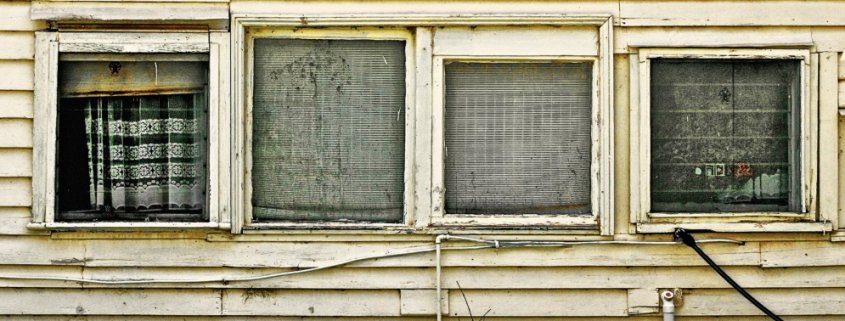Building Basics – Cladding
One of the first things buyers notice when they pull up outside their potential new home is the cladding – the building material that is used to cover a structure’s exterior. When it comes to residential cladding, there are plenty of types used. All come with different pros and cons and things to be aware of – so here’s how you learn what to look for and figure out what’s going to be right for you.
What are the different types of cladding?
When it comes to cladding, there are a multitude of options. In New Zealand, we are probably most familiar with timber weatherboard bungalows and villas, and solid brick homes. However, over the decades, plenty of other materials have entered the market for use on our homes’ exteriors. Newer products include composite weatherboards designed to replicate the look of real timber. Add schist, stone, plywood, aluminium and steel, fibre cement panels, brick veneer, plaster, stucco and vinyl siding into the mix and you’ve got plenty of options to suit all kinds of looks and feels.
What you see might not be what you get!
While you might like the ‘look’ of the cladding and be drawn by its street appeal, you really can’t judge a book by its cover. The solid brick you’re admiring might be brick veneer. That historic timber weatherboard cottage might be clad with an engineered product that may not be authentic to your vision – or stand the test of time. That’s why it’s important for your peace of mind and your bank balance to get a full property inspection before you sign on the dotted line.
Is there ‘good’ or ‘bad’ cladding?
Cladding is expected to perform as a weathertight material to keep structures insulated and dry. But nearly every type of cladding is likely to degrade someday, especially if it hasn’t been maintained well. This might be down to age, the way it’s been installed, environment or design (think leaky homes). Rotting timber, loose stonework, flaked-off paint and rusted-out joins can all be put down to poor maintenance. So, it’s important to establish whether or not a home’s cladding has been looked after, as this will give you a good idea of any immediate or future maintenance you should expect.
What does well-maintained cladding look like?
Some cladding is lower maintenance, some is higher. For example, cedar weatherboards need staining much more often than painted weatherboards. But a regularly-painted 120-year-old villa can still be perfectly sound. Your property report will detail the condition of the cladding, also noting if there have been penetrations (holes) made which could lead to water getting in. Badly applied sealant, Blu Tack poked in gaps – we’ve seen plenty of bodge-jobs over the years!

But there are some specific things we’re looking for:
Is there a drainage cavity?
Cladding’s ‘job’ is like that of an envelope – it’s there to protect what’s inside – and provide weather resistance, thermal insulation and hopefully, look good. But looks are definitely secondary in this equation. When inspecting the cladding, one of the big things we’ll be looking to see is whether there’s a drained cavity as part of the structure, as that will play a big part in how the cladding performs. Drained cavities allow drainage paths to take any water that penetrates the building envelope (exterior cladding) back to the outside face.
How is the ground clearance?
We also pay close attention to ground clearances – that is, where the wall cladding is in relation to the outside ground level, paving, garden, or deck. Ideally, cladding should be installed so it’s well clear of surrounding surfaces. This is to ensure the cladding stays dry, doesn’t rot and minimises the risk of moist air or water getting into the interior cavity of the building.

Any other red flags?
We’ll be on the lookout for cracks running up from the corners and along the mortar joints, that can be a sign of ground movement. In plaster homes without a cavity specifically, cracks in the monolithic cladding can be a real issue. That’s an open door for moisture to creep in – and stay in!
What about re-cladding?
A note about re-cladding. Cladding doesn’t last forever. Re-cladding, or putting a new cladding over an old, or existing, is common – especially when it comes to older builds. You might like the look of a current cladding, but it could also be disguising leaking or low-quality cladding. We reckon it’s best to bring in a professional who can help you understand what you’re really looking at – and help you feel confident in your decision.
Bottom line: a pre-purchase building inspection helps you understand every commitment that’s involved before you buy, and ultimately, so you can sleep easy in your new home.








